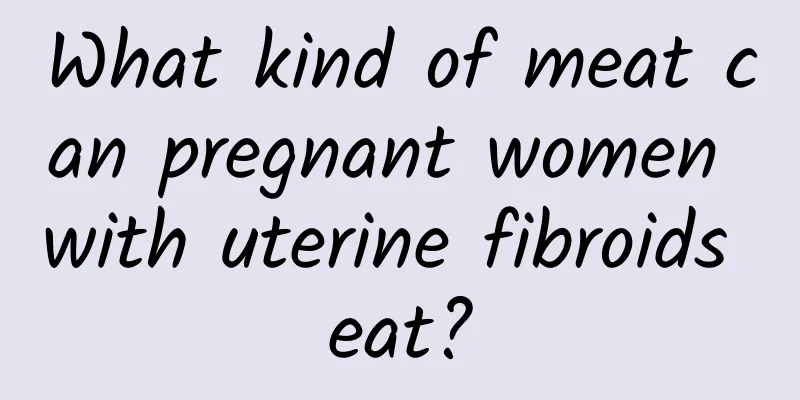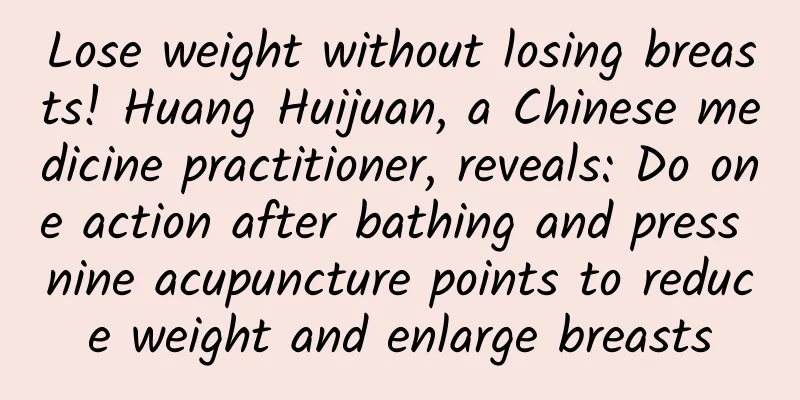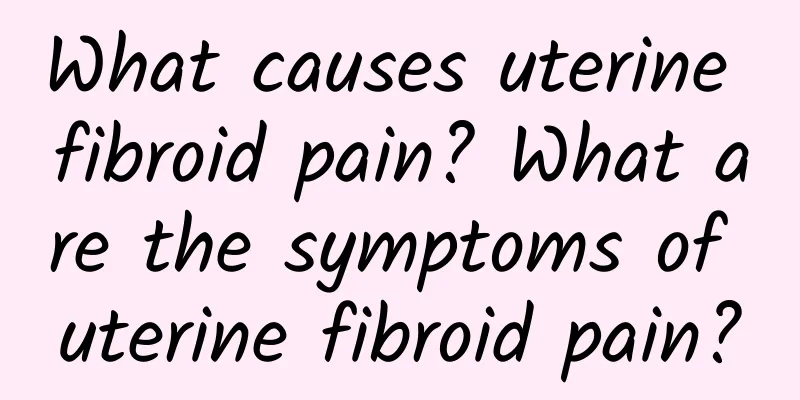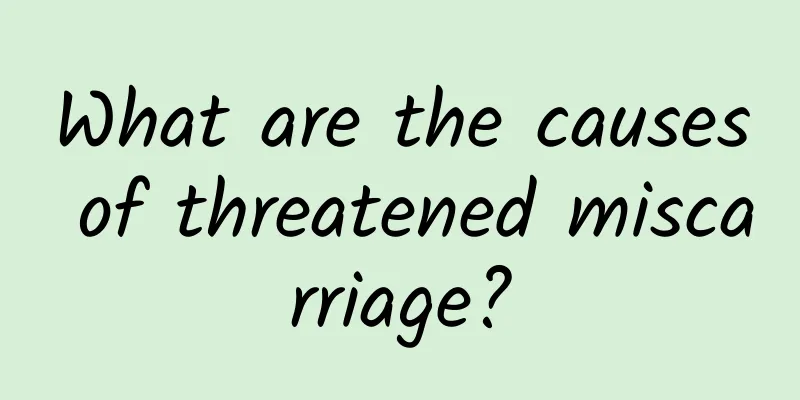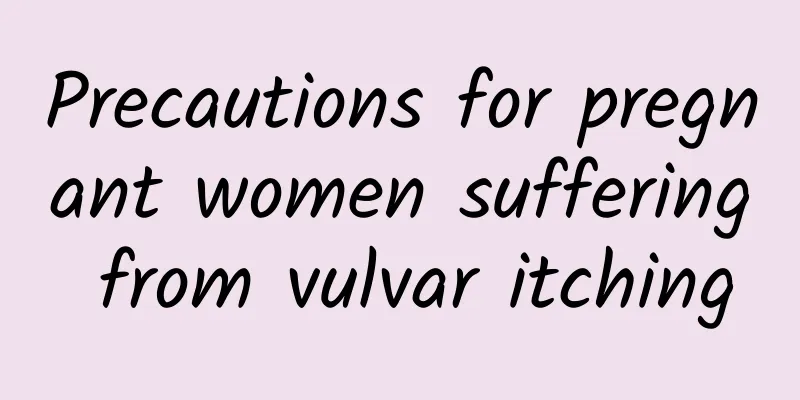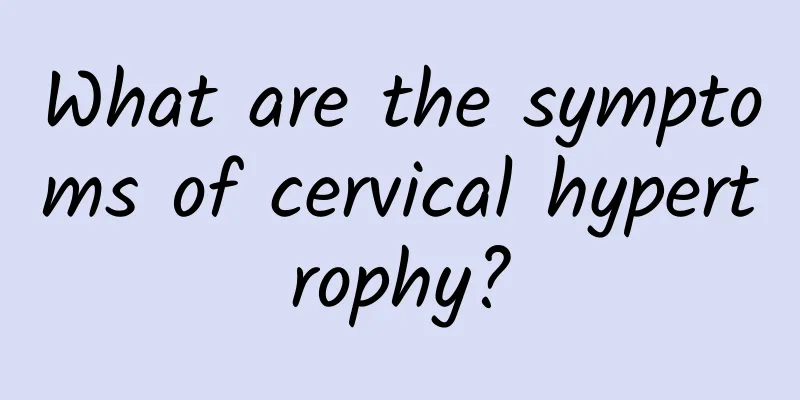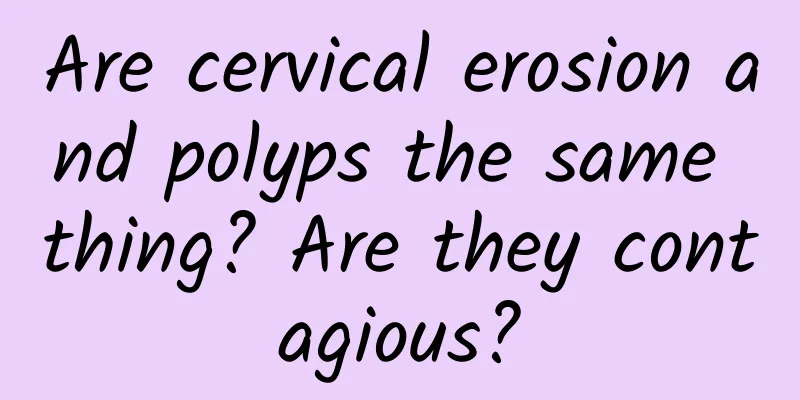Multiple uterine cysts after miscarriage
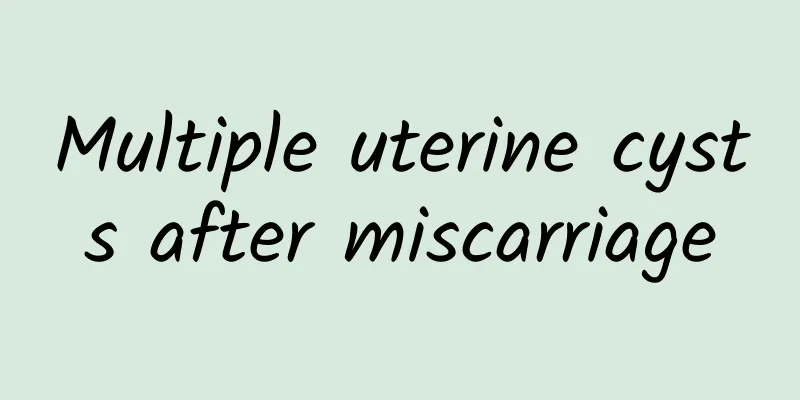
|
Multiple uterine cysts after miscarriage may be related to factors such as endocrine disorders, uterine damage or infection. It is necessary to identify the cause as soon as possible and adopt targeted treatment methods, such as drug therapy, surgical intervention or lifestyle adjustment, to avoid further harm to health. 1. Endocrine disorders After a miscarriage, a woman's hormone levels will fluctuate. If the balance is not restored in time, it may lead to abnormal proliferation or cystic changes in the endometrium, resulting in cysts. This kind of situation can be dealt with by regulating the endocrine system, such as taking oral hormone drugs. For example, progesterone can help the endometrium recover while avoiding unnecessary proliferation. Maintaining a good lifestyle and reducing stress can also help the endocrine system recover. 2. Uterine damage Abortion surgery may cause some damage to the endometrium or uterine tissue, leading to abnormal local tissue repair and the formation of cysts. In this case, doctors usually recommend observation first. If the cyst is large or causes other symptoms such as dysmenorrhea, menstrual abnormalities, etc., surgical treatment may be required. For example, hysteroscopic surgery can directly remove the cyst in a minimally invasive way, reducing secondary damage to the uterus. 3Infection or inflammation Failure to clean up after abortion, postoperative infection or intrauterine inflammation may induce uterine cysts. If it is confirmed to be an infected cyst, anti-infection treatment is the key, such as the use of broad-spectrum antibiotics such as metronidazole and cephalosporins to control inflammation. Physical therapy such as shortwave therapy may also be recommended to promote the disappearance of infection. 4. Lifestyle Adjustments Adjusting diet and exercise can help the body recover and prevent the cyst from further enlarging. For example, eating more foods rich in estrogen-balancing effects such as flax seeds and beans, avoiding spicy and irritating foods, and moderate exercise such as yoga and brisk walking to strengthen the body can also help repair uterine function. If you find multiple uterine cysts after abortion, you should not wait and see. You should go to a regular medical institution as soon as possible to see a doctor. Through imaging examinations such as ultrasound examinations, you can determine the type and cause of the cysts and develop a targeted treatment plan. Timely treatment can protect reproductive function, improve quality of life, and avoid more serious health problems. |
<<: What medicine is good for endometritis and pelvic inflammatory disease
>>: Can I get pregnant after having amenorrhea?
Recommend
What to do if the vulva is itchy and becomes like tofu dregs
What should I do if my vulva becomes itchy and it...
What are the reasons for frequent miscarriages in pregnant women? There are 5 reasons
There are many reasons that may cause frequent mi...
Will skipping rope after childbirth cause uterine prolapse? Possibly
Jumping rope after childbirth may cause uterine p...
Will hcg200 cause ectopic pregnancy to rupture?
Ectopic pregnancy hcg200 generally will not ruptu...
Doctors do not recommend strenuous exercise after abortion. Doing these 4 exercises after abortion is good for your health.
After an abortion, because the uterus will be dam...
What are the common symptoms of ovarian cysts in women?
What are the common symptoms of ovarian cysts in ...
Endometrial repair after abortion
Usually after a miscarriage, the embryonic tissue...
Can female cervicitis be cured? Precautions for female treatment of cervicitis
Generally speaking, when cervicitis is not infect...
What are the symptoms of threatened miscarriage? What are the methods to preserve the fetus during threatened miscarriage?
Threatened abortion refers to a small amount of v...
How to care for patients with cervical warts
There are many diseases in life, big and small, i...
Why does cervical erosion cause infertility?
Hospital experts pointed out that cervical erosio...
Causes of cervical hypertrophy
Cervical hypertrophy is a painful gynecological d...
Experts explain the causes of dysmenorrhea
Dysmenorrhea is a disease that many women are wor...
If your period is always late, try these ingredients to relieve delayed menstruation
How to take care of yourself when your period com...
Signs of bacterial vaginosis
Do you think there is only one type of bacterial ...

